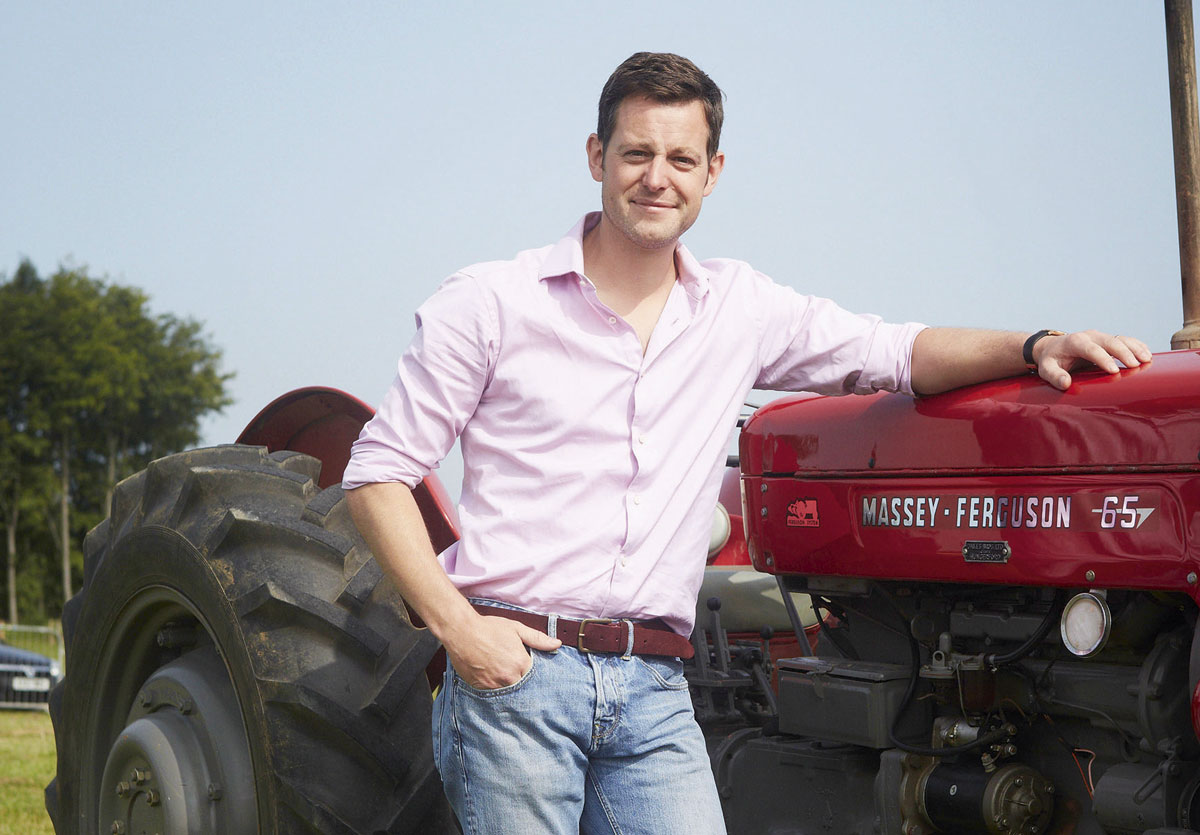
Growing up in a north-east village with all its amenities around me, there was no need to venture any further. For me, a visit to the ‘Toon’ was a special occasion, maybe to the January sales or a birthday trip to go to the theatre.
The village was my world. I walked to school, so I knew every inch of the playing potential within its boundaries, and I loved it. College and university followed and I was drawn first to the city of Edinburgh and then to London as I joined Blue Peter.
My play boundaries have vastly increased, filling four passports with border stamps from all over the world, but still I need that sanctuary of village life to come home to. So I joined the 21st-century villagers, the people who are up with the larks and commute for three hours a day because they can truly escape the rat race when they leave work. These modern villagers feel that their children have a richer childhood from living in the countryside, and they enjoy the tranquillity of village life at the weekend.
Farming families are an exception, but I imagine I’m of the last generation that was raised in a village because my parents worked in it. As I look at my children or the parents of my children’s friends, life choices aside, there is no real need for any of us to be there. We are there because we want to be.
Back in the day, of course, a village was simply a collection of houses built in a location for those who worked the land in that area. It was rich with the energy of a work place, with neighbours relying on each other for their food and livelihoods. These days we can’t even hang on to our post offices or local pubs (which are closing at a rate of 19 a week) and we’re losing 400 village shops a year.
Pulling together
In our village, the main hub for communication is an emailing system that keeps locals informed, even when they’re working around the world. Most people here are aware of the factors stacked against breathing new life into our villages, from a lack of affordable housing to a need for more public transport, but despite these, the strength of a village has always been its people.
Life today is very different from the time I grew up in a village, but we can use modern technology to our advantage and take the very best from old and new. My village is packed with professionals, who work in farming, science, medicine, finance, law, computing and catering, to name but a few, and it’s inspiring to think of the potential for reinvention by our super force of residents. We must all pull together and use the skills and passions that we have within our communities; then we can keep our villages thriving. Who knows where they’ll be in the 22nd century?
